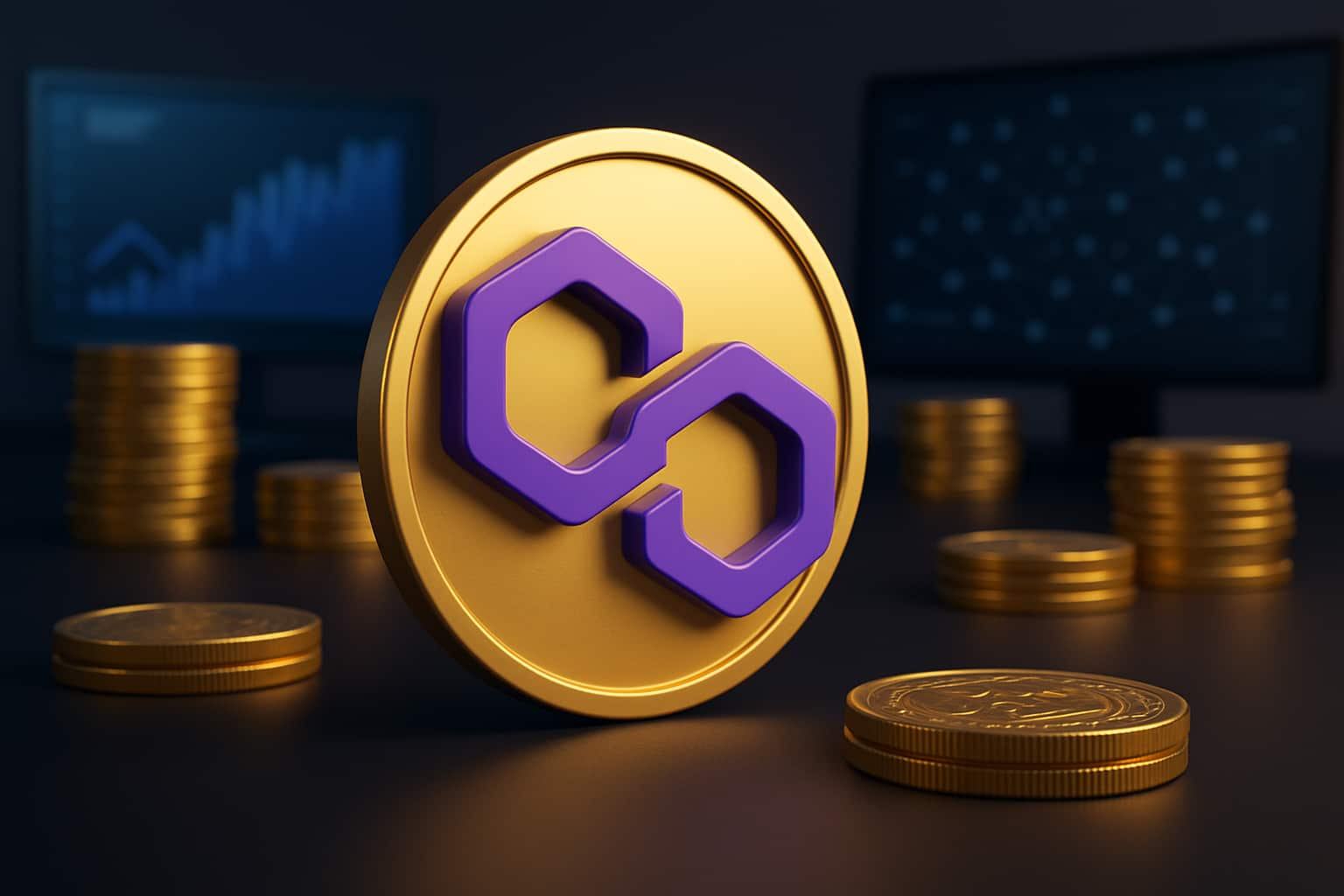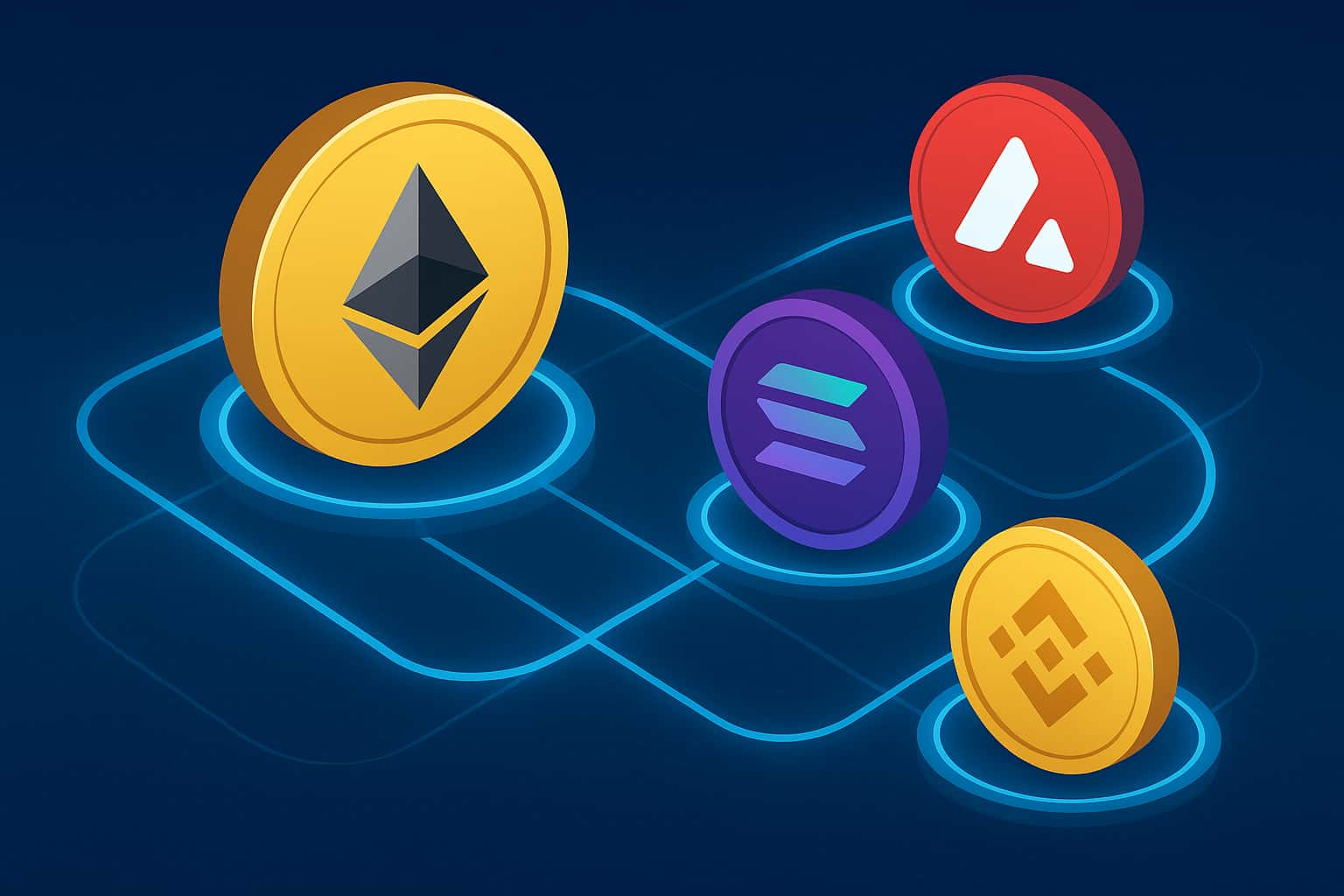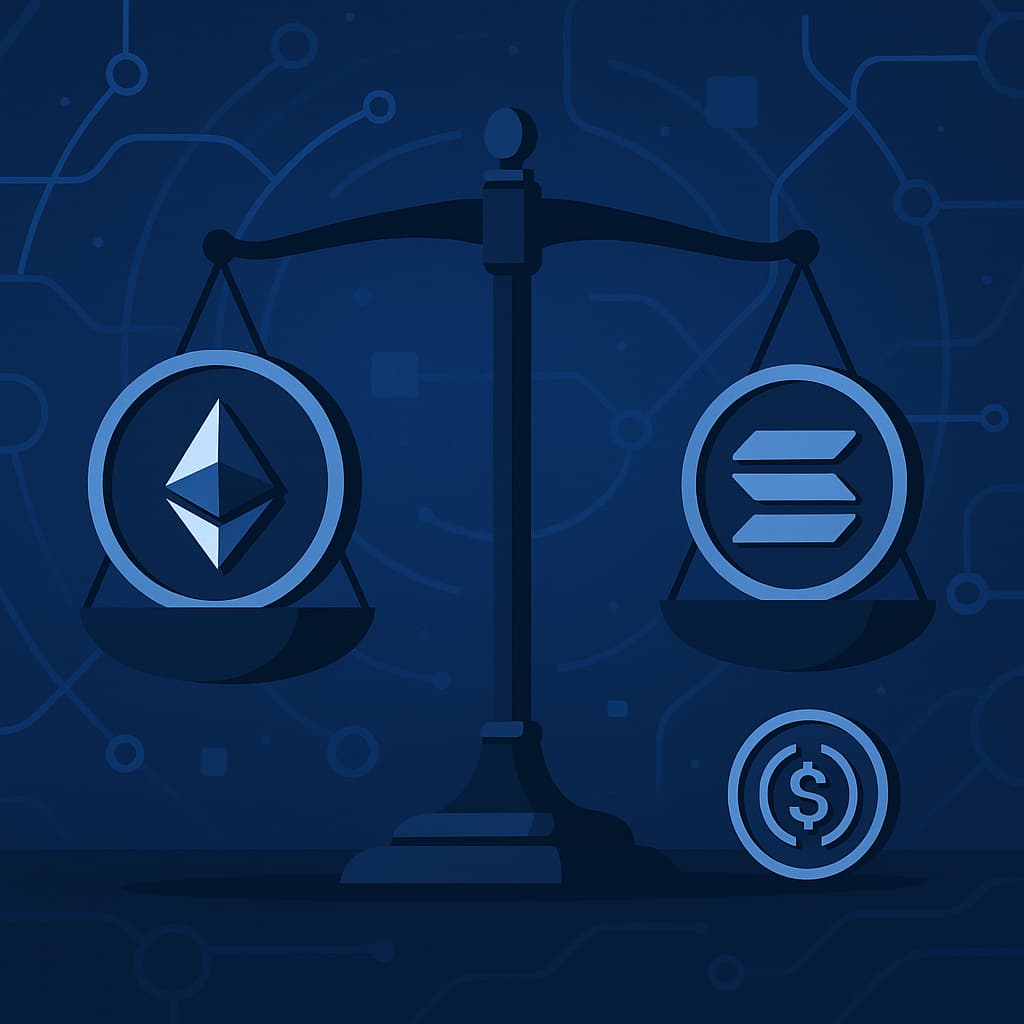-
In the ever-evolving world of blockchain technology, Bitcoin remains the undisputed pioneer, renowned for its robust security and decentralized nature. However, recent innovations have introduced new dimensions to the Bitcoin ecosystem, expanding its capabilities beyond simple value transfers. One such innovation is Bitcoin Ordinals, a protocol that enables the inscription of arbitrary data onto individual satoshis, the smallest units of Bitcoin. This comprehensive guide delves into the intricacies of Bitcoin Ordinals, exploring their functionality, applications, benefits, challenges, and future prospects. Whether you're a blockchain enthusiast, developer, or business professional, understanding Bitcoin Ordinals is essential in navigating the next wave of Bitcoin's evolution.
Introduction
Bitcoin, since its inception in 2009, has primarily served as a decentralized digital currency, facilitating peer-to-peer transactions without the need for intermediaries. Its simplicity and security have made it the bedrock of the cryptocurrency landscape. However, as the blockchain ecosystem matures, the demand for more versatile and feature-rich applications has surged. Enter Bitcoin Ordinals, a groundbreaking protocol that introduces the capability to embed arbitrary data onto individual satoshis, thereby transforming Bitcoin from a mere transactional medium to a platform capable of supporting diverse digital assets and applications.
This blog aims to demystify Bitcoin Ordinals, providing a detailed exploration of their underlying mechanisms, practical applications, benefits, challenges, and future potential. By the end of this guide, you will have a comprehensive understanding of how Bitcoin Ordinals are poised to redefine the utility and functionality of the Bitcoin network.
Also, Read | A Comprehensive Guide to the Runes Standard on Bitcoin
Understanding Bitcoin Ordinals
What Are Ordinals?
Ordinals refer to a protocol that assigns a unique identifier to each satoshi, the smallest denomination of Bitcoin (1 BTC = 100,000,000 satoshis). This unique numbering system enables the tracking and inscription of data onto individual satoshis, allowing them to carry additional information beyond their monetary value. Essentially, Ordinals transform satoshis into digital artifacts that can represent anything from digital art and non-fungible tokens (NFTs) to metadata and smart contracts.
How Do Ordinals Work?
Ordinals leverage the inherent properties of the Bitcoin blockchain to attach data to specific satoshis. By assigning a sequential number to each satoshi, the protocol ensures that each one can be distinctly identified and tracked across transactions. This unique identification allows for the inscription of data onto a satoshi's metadata, effectively embedding additional information directly onto the Bitcoin network.
The inscription process involves embedding the desired data into the witness portion of a Bitcoin transaction, utilizing the Segregated Witness (SegWit) upgrade. This method ensures that the data is securely and immutably stored on the blockchain, benefiting from Bitcoin's robust security and decentralization.
Key Components
Satoshis: The smallest unit of Bitcoin, serving as the foundational element for Ordinals.
Ordinal Numbers: Unique identifiers assigned to each satoshi, enabling precise tracking and identification.
Inscription: The process of embedding data onto a specific satoshi, transforming it into a digital artifact.
Witness Data: Part of the Bitcoin transaction structure where the inscription data is stored.
Ordinals Protocol: The set of rules and mechanisms that facilitate the assignment, tracking, and inscription of data onto satoshis.
Also, Check | Satoshi Nakamoto's Last Email Reveals Bitcoin Creator's Thoughts
Technical Foundations
Satoshis and Their Significance
A satoshi is the smallest unit of Bitcoin, equivalent to 0.00000001 BTC. With Bitcoin's fixed supply of 21 million coins, satoshis play a crucial role in enabling microtransactions and enhancing the granularity of value transfer. In the context of Ordinals, satoshis serve as the canvas for embedding additional data, effectively turning them into unique digital entities within the Bitcoin ecosystem.
Inscription Process
The inscription process involves embedding arbitrary data onto a satoshi's metadata. This is achieved through a specific type of Bitcoin transaction that utilizes the witness data to store the desired information. Here's a step-by-step breakdown:
Selection of Satoshi: Identify the specific satoshi to which the data will be inscribed.
Creation of Transaction: Craft a Bitcoin transaction that includes the data to be inscribed in the witness portion.
Embedding Data: The data is embedded directly onto the chosen satoshi's metadata through the witness field.
Broadcasting Transaction: The transaction is broadcasted to the Bitcoin network and confirmed by miners.
Permanent Storage: Once confirmed, the data becomes part of the immutable Bitcoin blockchain, ensuring its permanence and security.
Ordinals Protocol Mechanics
The Ordinals protocol operates by assigning a unique sequential number to each satoshi based on its minting order. This sequential numbering allows for precise identification and tracking of individual satoshis as they move through transactions. The protocol utilizes the following mechanisms:
- Tracking: Maintains a record of each satoshi's history, enabling users to trace its origin and movement.
- Inscription: Facilitates the embedding of data onto specific satoshis through transactions.
- Verification: Ensures the integrity and authenticity of the inscribed data, leveraging Bitcoin's security features.
- Interoperability: Allows inscribed satoshis to interact seamlessly with various applications and platforms within the Bitcoin ecosystem.
Also, Discover | Setup Bitcoin Node using Ansible in Remote Server
Use Cases of Bitcoin Ordinals
Digital Art and NFTs
One of the most prominent use cases for Bitcoin Ordinals is the creation and management of digital art and non-fungible tokens (NFTs). By inscribing unique data onto individual satoshis, artists and creators can tokenize their digital works, ensuring provenance, ownership, and authenticity on the Bitcoin blockchain. Unlike traditional NFTs on platforms like Ethereum, Ordinals-based NFTs leverage Bitcoin's unparalleled security and decentralization.
Advantages:
- Immutable Ownership: Ownership records are securely stored on the Bitcoin blockchain, preventing unauthorized alterations.
- Provenance Tracking: The history of each inscribed satoshi provides a transparent record of ownership and transfers.
- Interoperability: Ordinals-based NFTs can integrate with various Bitcoin-compatible wallets and marketplaces.
Data Anchoring and Provenance
Bitcoin Ordinals can be utilized for data anchoring, where critical information is securely recorded on the blockchain to ensure its integrity and immutability. This application is particularly valuable for industries requiring tamper-proof records, such as supply chain management, legal documentation, and intellectual property.
Examples:
- Supply Chain: Recording the origin and movement of goods to ensure transparency and reduce fraud.
- Legal Documents: Storing legal agreements and contracts to provide verifiable and immutable records.
- Intellectual Property: Securing ownership and licensing information for digital and physical assets.
Enhanced Transactions
Ordinals can enhance Bitcoin transactions by embedding additional data, such as transaction metadata, identifiers, or references to off-chain data. This capability can streamline processes, improve transparency, and facilitate more sophisticated transaction types within the Bitcoin network.
Applications:
- Smart Contracts: Enabling basic smart contract functionalities by embedding contract terms within transactions.
- Payment References: Including detailed payment information or references to external systems.
- Multi-signature Transactions: Enhancing security by embedding multi-signature requirements directly into transactions.
Gaming and Virtual Assets
In the gaming industry, Bitcoin Ordinals can be used to create and manage virtual assets, in-game items, and collectibles. By inscribing data onto satoshis, game developers can ensure the uniqueness and scarcity of virtual items, providing players with verifiable ownership and tradeability within and across games.
Benefits:
- True Ownership: Players have verifiable ownership of in-game assets, enabling trading and transferability.
- Scarcity and Rarity: Unique inscriptions can create limited-edition items, enhancing their value and desirability.
- Interoperability: Virtual assets can be used across multiple games and platforms, fostering a unified gaming ecosystem.
Also, Explore | A Quick Guide to BRC 20 Token Development
Benefits of Bitcoin Ordinals
Immutable Data Storage
One of the foremost advantages of Bitcoin Ordinals is the immutable nature of data storage on the Bitcoin blockchain. Once data is inscribed onto a satoshi, it becomes a permanent part of the blockchain, ensuring that it cannot be altered or deleted. This immutability is crucial for applications requiring unchangeable records, such as legal documents, ownership proofs, and historical data archives.
Enhanced Security
Bitcoin's robust security infrastructure underpins the Ordinals protocol, providing unparalleled protection against tampering and unauthorized access. The decentralized nature of the Bitcoin network, combined with its proof-of-work consensus mechanism, ensures that inscribed data is secure and resilient against attacks.
Decentralization
Ordinals maintain the core principle of decentralization inherent to Bitcoin. By operating directly on the Bitcoin blockchain without reliance on centralized intermediaries, Ordinals ensure that data and assets remain under the control of their owners. This decentralization fosters trust, reduces single points of failure, and aligns with the foundational ethos of blockchain technology.
Interoperability
Bitcoin Ordinals offer high interoperability within the Bitcoin ecosystem. Inscribed satoshis can seamlessly interact with various Bitcoin-compatible wallets, platforms, and applications. This interoperability facilitates the integration of Ordinals into existing infrastructure, enhancing their utility and adoption.
Challenges and Limitations
Scalability Issues
While Bitcoin Ordinals introduce new functionalities, they also pose scalability challenges. Embedding data onto satoshis increases the size of transactions, which can contribute to network congestion and longer confirmation times. As the adoption of Ordinals grows, addressing scalability will be essential to maintain Bitcoin's performance and efficiency.
Transaction Costs and Efficiency
The inscription process requires embedding data into Bitcoin transactions, which can lead to higher transaction fees due to the increased data payload. Additionally, larger transaction sizes can strain network resources, making Ordinals-based applications potentially more expensive and less efficient compared to traditional Bitcoin transactions.
Regulatory Concerns
The ability to embed arbitrary data onto Bitcoin raises regulatory considerations, particularly regarding the nature of the data being inscribed. Ensuring compliance with data protection laws, intellectual property rights, and anti-money laundering (AML) regulations is crucial. Regulatory uncertainty can hinder the widespread adoption of Bitcoin Ordinals, especially for applications involving sensitive or regulated data.
Adoption Barriers
Bitcoin Ordinals are a relatively new and evolving protocol, and their adoption faces several barriers:
- Technical Complexity: Implementing and managing Ordinals requires specialized knowledge, which can limit participation to technically proficient users and developers.
- Ecosystem Development: The infrastructure, tools, and platforms supporting Ordinals are still in development, which can slow down their integration and utilization.
- User Awareness: Limited awareness and understanding of Ordinals among the broader Bitcoin community can impede their adoption and usage.
You may also like to explore | ERC-20 vs BRC-20 Token Standards | A Comparative Analysis
Comparative Analysis: Ordinals vs. Other Protocols
Ordinals vs. ERC-721
ERC-721 is a widely adopted Ethereum token standard for non-fungible tokens (NFTs). Comparing Ordinals to ERC-721 highlights several key differences:
- Blockchain Ecosystem: ERC-721 operates on Ethereum, leveraging its robust smart contract capabilities, while Ordinals function on Bitcoin, utilizing its secure and decentralized network.
- Functionality: ERC-721 offers extensive features for creating and managing NFTs, including metadata standards and interoperability with Ethereum-based platforms. Ordinals provide a simpler approach to embedding data onto satoshis without native smart contract support.
- Adoption and Maturity: ERC-721 has a mature ecosystem with extensive developer tools, marketplaces, and integrations. Ordinals are still emerging, with ongoing developments to enhance their functionality and ecosystem support.
Ordinals vs. Bitcoin NFTs
Bitcoin NFTs can be created using various protocols, including Ordinals and other emerging standards. Comparing Ordinals to traditional Bitcoin NFT methods:
- Inscription Method: Ordinals use the Ordinals protocol to assign unique identifiers and embed data directly onto satoshis. Traditional Bitcoin NFT methods may rely on different inscription or metadata embedding techniques.
- Flexibility: Ordinals offer a standardized approach to tokenization on Bitcoin, providing consistent tracking and identification of inscribed satoshis. Other Bitcoin NFT methods might lack such standardization, leading to fragmented implementations.
- Ecosystem Integration: Ordinals are designed to integrate seamlessly within the Bitcoin ecosystem, enhancing interoperability. Other Bitcoin NFT methods may require additional layers or protocols for integration.
Ordinals vs. Layer 2 Solutions
Layer 2 solutions, such as the Lightning Network, aim to enhance Bitcoin's scalability and transaction efficiency by handling transactions off-chain while leveraging the security of the main Bitcoin blockchain. Comparing Ordinals to Layer 2 solutions:
- Purpose: Ordinals focus on embedding data and tokenizing satoshis, while Layer 2 solutions target improving transaction speed and reducing costs.
- Implementation: Ordinals operate directly on the Bitcoin blockchain through data inscriptions, whereas Layer 2 solutions utilize separate protocols and channels for off-chain transactions.
- Use Cases: Ordinals are geared towards applications requiring data embedding and tokenization, whereas Layer 2 solutions are ideal for high-frequency, low-cost transactions and micropayments.
You might also be interested in | A Detailed Guide to BRC-20 Token Launchpad Development
Future Outlook
Technological Advancements
The future of Bitcoin Ordinals is closely tied to ongoing technological advancements within the Bitcoin ecosystem. Enhancements to the Ordinals protocol, improvements in data inscription methods, and the development of more efficient transaction structures will play a crucial role in addressing current limitations and expanding Ordinals' capabilities.
Potential Applications
As Ordinals continue to evolve, new and innovative applications are likely to emerge, including:
- Decentralized Identity: Utilizing Ordinals for secure and verifiable digital identities.
- Decentralized Finance (DeFi): Enabling new financial instruments and applications within the Bitcoin ecosystem.
- Supply Chain Transparency: Enhancing traceability and accountability in supply chains through inscribed data.
- Digital Governance: Facilitating transparent and immutable governance records for decentralized organizations.
Community and Ecosystem Growth
The growth and vibrancy of the Bitcoin Ordinals ecosystem will be driven by community engagement, developer contributions, and the creation of supportive infrastructure. As more projects and businesses adopt Ordinals, the ecosystem will benefit from increased collaboration, resource sharing, and innovation, further solidifying Ordinals' role in the Bitcoin landscape.
Also, Discover | BRC-721E Token Standard | Enabling Blockchain Art Transactions
Frequently Asked Questions (FAQ)
1. What are Bitcoin Ordinals?
Bitcoin Ordinals are a protocol that assigns unique identifiers to individual satoshis, enabling the inscription of arbitrary data onto these smallest units of Bitcoin. This allows for the creation of digital artifacts, such as NFTs, directly on the Bitcoin blockchain.
2. How do Ordinals differ from traditional Bitcoin transactions?
Traditional Bitcoin transactions involve the transfer of value between addresses without embedding additional data. Ordinals, however, allow for data to be inscribed onto specific satoshis, turning them into unique digital assets with embedded information.
3. Can Bitcoin Ordinals be used to create NFTs?
Yes, Bitcoin Ordinals can be used to create non-fungible tokens (NFTs) by inscribing unique data onto individual satoshis, effectively tokenizing digital art, collectibles, and other unique assets on the Bitcoin blockchain.
4. What are the main benefits of using Ordinals?
The main benefits of using Ordinals include immutable data storage, enhanced security through Bitcoin's robust network, decentralization, and interoperability within the Bitcoin ecosystem, enabling the creation and management of diverse digital assets.
5. Are there any limitations to Bitcoin Ordinals?
Yes, Bitcoin Ordinals face scalability issues due to increased transaction sizes, higher transaction costs, regulatory concerns regarding data inscription, and adoption barriers related to technical complexity and ecosystem maturity.
6. How secure are the data inscriptions made by Ordinals?
Data inscriptions made by Ordinals are highly secure, benefiting from Bitcoin's decentralized and robust security infrastructure. Once inscribed, the data is immutable and permanently recorded on the blockchain, ensuring its integrity and resistance to tampering.
7. Can Ordinals be integrated with existing Bitcoin wallets and platforms?
Yes, as the Ordinals protocol matures, integration with existing Bitcoin wallets and platforms is becoming more feasible, enhancing interoperability and enabling seamless management of inscribed satoshis across various services.
8. What are the future prospects for Bitcoin Ordinals?
The future prospects for Bitcoin Ordinals include technological advancements to address current limitations, expansion into diverse applications such as decentralized finance and digital identity, and growth of the community and ecosystem to support broader adoption and innovation.
9. Do Bitcoin Ordinals require any special software or tools?
Creating and managing Bitcoin Ordinals typically requires specialized tools and software that support the Ordinals protocol. As the ecosystem develops, more user-friendly tools and platforms are expected to emerge, simplifying the process for users and developers.
10. How do Bitcoin Ordinals impact the overall Bitcoin network?
Bitcoin Ordinals introduce additional functionalities to the Bitcoin network, allowing for data embedding and tokenization. While this enhances the network's capabilities, it also poses challenges related to scalability and transaction efficiency that need to be managed to maintain Bitcoin's performance.
Conclusion
Bitcoin Ordinals represent a significant innovation within the Bitcoin ecosystem, unlocking new possibilities for data inscription, tokenization, and the creation of digital assets directly on the Bitcoin blockchain. By assigning unique identifiers to individual satoshis and enabling the embedding of arbitrary data, Ordinals bridge the gap between Bitcoin's robust security and the versatile functionalities demanded by modern blockchain applications.
While Bitcoin Ordinals offer numerous benefits, including immutable data storage, enhanced security, and decentralization, they also present challenges such as scalability issues, higher transaction costs, and regulatory considerations. Overcoming these hurdles will require ongoing technological advancements, community engagement, and ecosystem development.
For businesses and developers, Bitcoin Ordinals open up new avenues for innovation, from creating secure digital identities and managing supply chain transparency to developing NFTs and decentralized finance applications on Bitcoin. As the protocol continues to evolve, it is poised to play a pivotal role in expanding Bitcoin's utility and maintaining its relevance in the dynamic blockchain landscape.
Embracing Bitcoin Ordinals requires a deep understanding of their technical foundations, potential applications, and the challenges they entail. By staying informed and actively participating in the Ordinals ecosystem, stakeholders can harness the full potential of this groundbreaking protocol, contributing to the next chapter of Bitcoin's enduring legacy. Connect with our skilled blockchain developers to develop your project levereging the potential of Bitcoin ordinals.

Our Offices
INDIA
Emaar Digital Greens, Sector 61,
Gurugram, Haryana
122011.
Welldone Tech Park,
Sector 48, Sohna road,
Gurugram, Haryana
122018.















